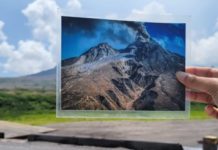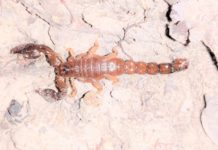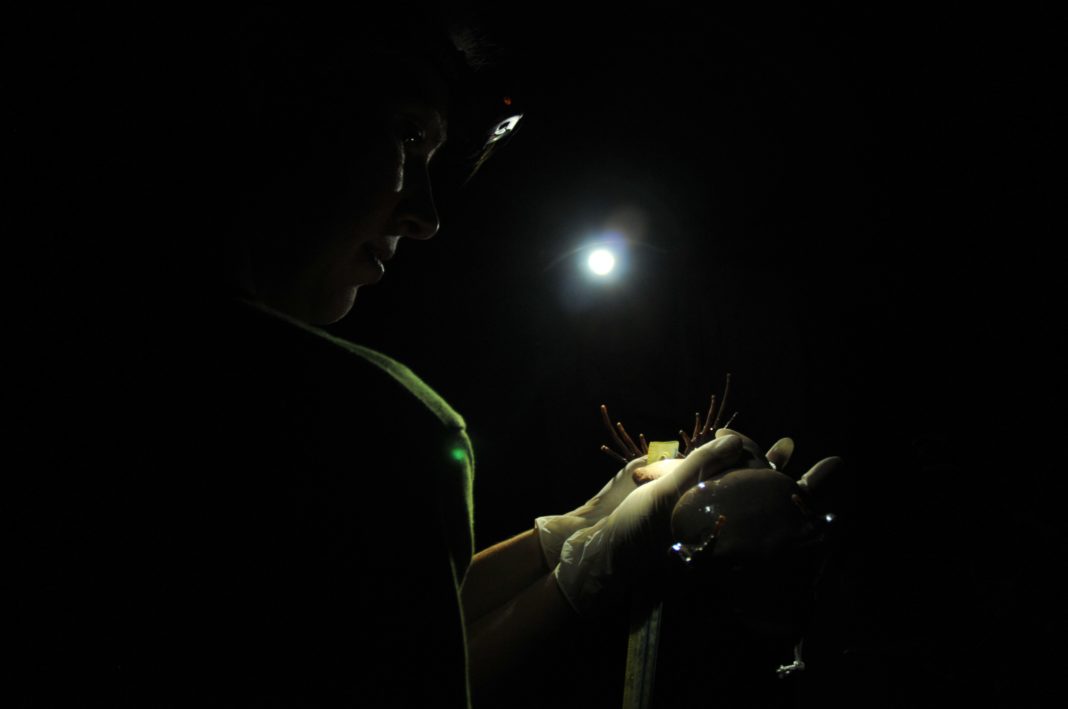We’ve been radio tracking for over a month now, so have decided to try and track at different times of night / early morning in case different frogs move around more at different times. So now we are larks as well as owls and coming up with some interesting finds…
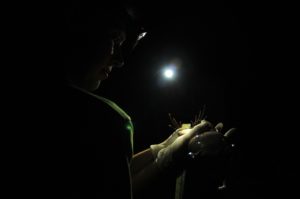
We did our first late night search, going out at midnight and finishing at about 5am and found some frogs we hadn’t seen in a while. We could swab them and assess their health, but we also confirmed that their transmitters had failed. It was good to find this out because it means that we can
cross them off our radio tracking searches and focus on finding them by looking for their eye shine instead. Mountain chickens have quite distinctive eye shine when a torch beam catches them. It’s a nice orange colour, which you can differentiate from the more silvery shine of cane toads.
Starting at midnight was obviously quite tiring being in the forest so late, but it was worth it for finding new frogs and some of our ‘regulars’ in different places. We’ve seen some of them moving over 100 m in a night!
Not only did we want to see where the frogs were at all hours of darkness, we also wanted to see where they ended up from their night’s escapades to get a full 24 hour picture of their movements. We decided to start going out much earlier into the forest, at day break, to do our accurate locations and then use the daylight to search more inaccessible areas for other frogs.
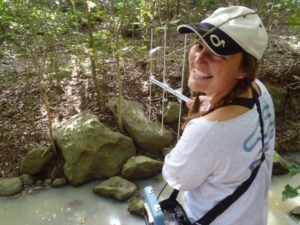
Now we can combine locational data from both late night and early morning searches, with afternoon and evening searches to better understand the movements of these frogs over a 24 hour period. Some seem to stay in one place much more, whilst others you can regularly find at certain times of day/night but not others – are they finding hiding places out of tracking range, or in deep cracks between rocks? We can’t know for sure, but the use of radio tracking is coming into its own for finding them during the day when you can’t see the eye shine, and at night when it’s impossible to visually search everywhere.
– Isabel Jones


